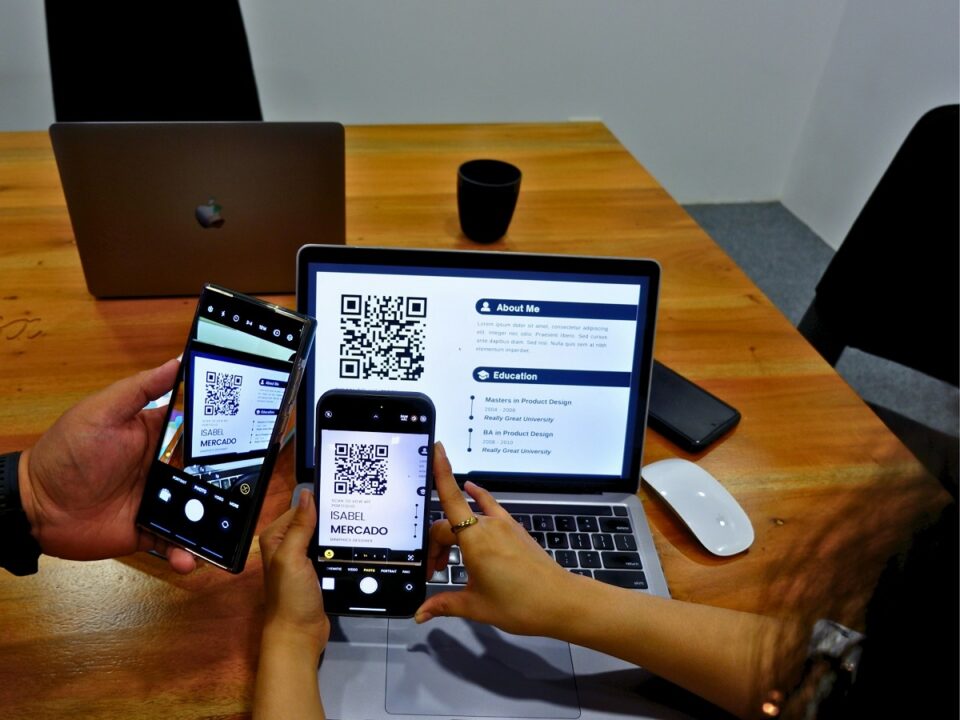Creating a standout resume in today’s competitive job market is no small feat. As technology evolves, so too does the way we present ourselves professionally. Traditional paper resumes are gradually making way for more modern approaches. Enter the world of the interactive resume, where creativity meets technology to craft a compelling narrative about your skills.
If you’re looking to bypass conventional styles and adopt something more innovative, you might explore options like a cv template without photo. This allows you to focus on content over imagery. Whether you’re tech-savvy or just beginning your journey into the digital realm, crafting a dynamic digital resume can significantly enhance your presence in any recruitment process.
Why choose an interactive digital resume?
An interactive digital resume is much more than just a trend; it’s a transformative approach to presenting one’s professional persona. It’s not only visually appealing but also offers the flexibility to incorporate various multimedia elements that engage viewers. Imagine your potential employer interacting with rich media content that showcases your expertise rather than flipping through static pages.
With such a resume, you can include videos, audio, hyperlinks, and even clickable maps or infographics. These features allow you to present achievements and career highlights in an engaging format that’s easy to digest. Often, these elements serve as excellent conversation starters during interviews, effectively setting you apart from other candidates.
Benefits of going digital
- Visual resume: Attractively displays your qualifications and experience.
- Data visualization tools: Convert complex information into easily understandable visuals.
- Interactive elements and animations: Make your resume come alive.
- Eco-friendly: Reducing paper use helps the environment.
Tools to design your creative resume templates
Incorporating interactivity requires the right set of tools. Thankfully, numerous online resources cater specifically to resume building. Platforms like Canva and ThingLink provide user-friendly interfaces for creating stunning resumes enriched with multimedia content.
For those seeking even more advanced features, data visualization tools can transform quantitative data into captivating charts and graphs showing your growth over time. This goes beyond traditional text, communicating efficiently with less clutter and ensuring key points are emphasized.
Choosing the right tool
Not all online tools will be suitable for everyone. When selecting a tool, consider factors such as ease of use, customization options, and the ability to integrate additional elements like video or hyperlinks. Always check if it allows for downloadable formats compatible with application systems used by employers.
You might want to sign up to Genially, which offers advanced interactivity options. Creating layers of interactive content simplifies presenting multifaceted experiences and roles you’ve held across industries.
Designing your digital resume
Your resume serves as an ambassador for your professional identity. While incorporating striking design elements, the core should still reflect essential skills and experiences. Start by clearly defining the sections you need, such as work history, education, certifications, and personal projects.
Emphasize readability and clarity when planning layout and structure. Use headings, bullet points, and concise sentences to break down information into bite-sized pieces. Consistent fonts and color schemes create harmony within sections of your resume, leading to a polished look.
Incorporating multimedia content
To boost engagement, don’t shy away from utilizing multimedia features. Videos can introduce yourself in a personable manner, while audio clips can highlight key presentations or speeches relevant to the role. Interactive slideshows and quizzes could demonstrate problem-solving abilities or knowledge in a specific area.
Animations, when applied correctly, draw attention to important accomplishments or metaphors illustrating your journey. However, moderation is crucial—overuse may distract or overwhelm rather than aid effective communication.
Telling your story with a visual resume
Narrative-driven resumes lend themselves well to interactive presentation methods. They enable applicants to share not only facts but also stories portraying unique qualities contributing to professional success. Through storytelling, relate how past opportunities shaped current competencies.
Utilize concise anecdotes conveying both challenges faced and successes achieved, always aligning with future aspirations linked to prospective positions sought. Narrative arcs captivate audiences while establishing emotional connections far stronger than mere lists ever could achieve.
Crafting a memorable impression
Consider aspects beyond mere employment records; volunteer experiences, hobbies, languages spoken—all contribute to the more expansive picture of cultural compatibility likely aligning with organizational values.
A thoughtful intersection between visuals and eloquently expressed narratives ensures enduring impressions, leaving a lasting impact even after interviews are concluded. These layered presentations resonate with observers and remain cherished elements in their recollections.

